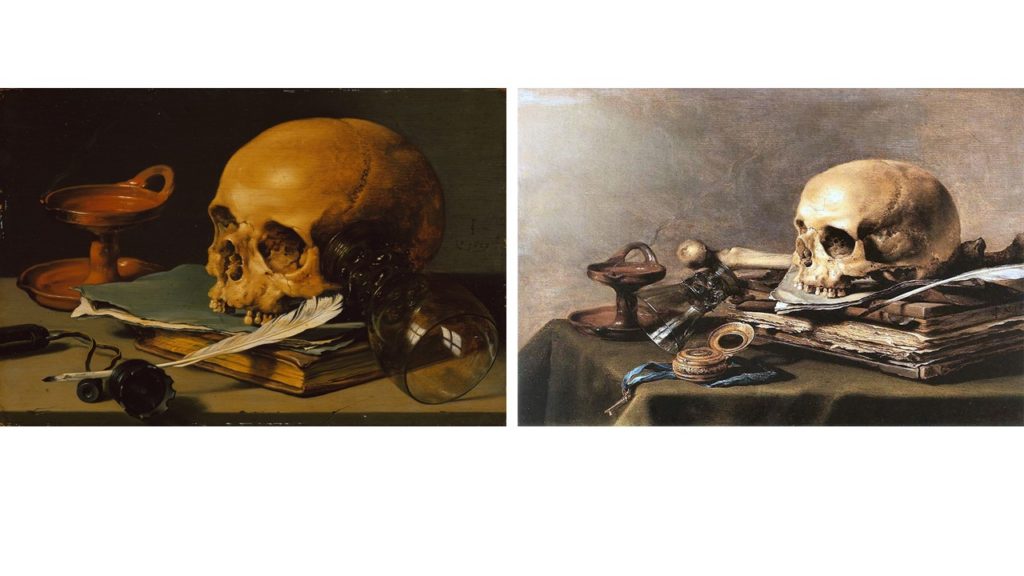STILL LIFE:
Still life photography is a specific genre of photographing objects to create a main focus of image, the subject matter is inanimate and therefore never moves, for example household objects, flowers, or fruits. This particular genre helps the photographer expand and explore the arrangement of designing element and set ups.Typically, still life’s are not close up to the subject nor far away, but at a very medium angle. For still life photography it is key for the photographer to have a true understanding of how to control the studio lighting/natural lighting in order to help illuminate their image to their own personal preference. Within the idea of still life photography there comes many different types for example crated still life or found still life, each one producing a slighting different effect and feeling, which is clearly essential to produce the most effective and creative images.
Still life developed as an independent genre which occurred way back in the early 1600s from Dutch and Northern European painting. The objects used to form these still life images often had strong connotations of symbolic adherence to religion and mortality which helped reflect the ongoing urbanization of Dutch and Flemish society, all these factors produced an emphasis on the home and the significance of personal possessions, commerce and trade. Paintings consisting burnt candles, human skulls, dying flowers, fruits, vegetables, broken chalices, jewelry, crowns, watches, mirrors, bottles, glasses and many more are all portrays in a symbolic light of the transience and brevity of human life alongside power, beauty and wealth.
Categories of still life:
Flower pieces: using flowers in still life is an extremely popular genre and is highly regarded and well paid. When considering the still life of floral images, its said to be important to reflect the bloom of flowers from the four different seasons to help represent different feelings and portrayal. Flower paintings were always accurately detailed without the overlapping that would have naturally happened in a vas giving a more controlled look and structure.
Fruits with flowers: it was often found that still life images that consisted of fruits was closely linked with flowers and would often be captured together, where symbolism was still being presented, in the exotic fruits and shells bought back by trading merchants. as well as symbolism fruits had a religious message; apple of temptation, the grape the blood of Christ.
Vanitas paintings: a metaphor of transcience, which meant society’s awareness of death did not disappear with the end of the Twelve Year Truce; two outbreaks occurred in the 1920s republic known ass the outbreaks of Bubonic Plague, this is suggested the beginning and development of Vanitas paintings, which consisted of recurring motif, the skull which provided a connotation of mortality
As well as:
- Breakfast pieces
- Trompe L’Oeil and its Relationship with the Game Piece
- Curtain painting


